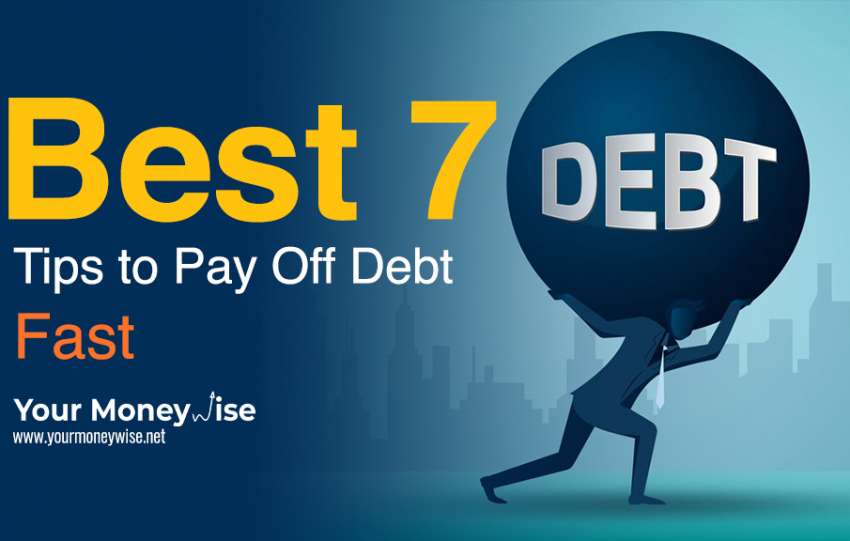One of the best investment vehicles to diversify your portfolio and ensure higher returns are S&P 500 ETFs. They are the cornerstone of various investment portfolios. Trillions of dollars are invested in funds that track the S&P 500 index due to its various investing benefits.
The best S&P 500 ETFs are very sought after by investors as they provide broadly diversified exposure to large-cap US stocks with low costs and high liquidity. But that does not mean that all ETFs are worth investing in.
In this article, we created an S&P 500 ETF list to help you choose the right one.
Let’s dive in.
What are S&P 500 ETFs?
An S&P 500 ETF is an exchange-traded fund that tracks the S&P 500 index. ETFs were introduced to the investing market with the launch of the SPDR S&P 500 ETF Trust way back in 1993. Today, it is one of the most popular and biggest ETFs in terms of net assets and returns.
Most ETFs are index funds that track the performance of a market index. Fund managers purchase a basket of securities that duplicate the benchmark index. Investors buy and sell the fund’s shares on the open market, like stocks.
Best S&P 500 ETFs to Invest In
Here is the S&P 500 ETF list to help you choose the best one for you.
SPDR S&P 500 ETF Trust(SPY)
Launched in 1993, the SPDR S&P 500 ETF Trust is the first and the largest exchange-traded fund in terms of net assets in the USA. Due to its size and tenure, this ETF offers reliability and amazing liquidity, with an average daily trading volume of 81 million shares over the last three months.
It has a net expense ratio of 0.0945%, meaning shareholders pay an annual management fee of just $9.45 for every $10,000 invested. However, SPY is not the cheapest S&P 500 ETF. It is a great option for beginners and professional investors alike as it is one of the most popular and most liquid ETFs in the entire stock market.
- Expense Ratio: 0.095%
- Dividend Yield: 1.29%
- Total Assets: $500.9 billion
iShares Core S&P 500 ETF(IVV)
The iShares Core S&P 500 ETF is the second largest exchange-traded fund in the USA, just behind the SPY. While SPY and IVV own identical portfolios, there are glaring differences between them.
While IVV possesses a lower trading volume and assets under management than SPY, it has a significant advantage in terms of fees. It is one-third as expensive as SPY, with a lower expense ratio of just 0.03%. This means you pay only $3 for every $10,000 invested.
However, it lacks in terms of trading volume. It has an average trading volume of 4.4 million shares over the last three months, providing a fraction of the liquidity of SPY.
- Expense Ratio: 0.03%
- Dividend Yield: 1.34%
- Total Assets: $449.5 billion
Vanguard S&P 500 ETF(VOO)
Vanguard is most popular for its S&P 500 index fund(VFIAX), which is also available to investors in the form of an ETF as VOO. It is the third-largest exchange-traded fund in terms of net assets in the USA.
The fund owns a significantly identical portfolio of the 500 largest US companies, providing an identical performance as the SPY and IVV. Its expense ratio is similar to IVV and has an identical yield. So what is the difference? It mostly comes down to preferences.
Additionally, the minimum investment required for VOO is the price of a single share. The VOO also comes with the backing of a reputable fund manager.
- Expense Ratio: 0.03%
- Dividend Yield: 1.35%
- Total Assets: $420.2 billion
SPDR Portfolio S&P 500 ETF(SPLG)
Investors who are looking for a lower-cost option with the same portfolio and performance as the SPY can consider the SPLG. It is basically a budget option of SPY, exchanging the SPY’s trading volume for a much lower expense ratio of 0.02%.
It is cheaper than the VOO and IVV and significantly cheaper than the SPY. However, SPLG also has a significantly smaller pool of net assets. Investors who don’t actively trade or are looking for a long-term investment may prefer SPLG over SPY.
- Expense Ratio: 0.02%
- Dividend Yield: 1.34%
- Total Assets: $32.6 billion
Invesco S&P 500 Equal Weight ETF(RSP)
While the S&P 500 ETF is one of the best indexes to track in the US market, it does have its drawbacks. One common complaint investors have is regarding the heavy 25% concentration of technology stocks and the top 10 holdings, which account for 25% of the ETF's weightage. Two tech giants- Apple(AAPL) and Microsoft(MSFT) make up 15% of the entire index at the moment.
Most investors ignore this bias but if you are looking for better diversification, you can opt for RSP, which uses an equal-weighting methodology. All 500 stocks in RSP are allocated equal weightage, ensuring better diversification. However, this is a heavier management task than simply tracking the benchmark, which results in a higher expense ratio for RSP.
- Expense Ratio: 0.20%
- Dividend Yield: 1.57%
- Total Assets: $51.1 billion
Read Also:- Top 10 ETF Concerns Every American Investor Should Keep in Check
SPDR Portfolio S&P 500 Growth ETF(SPYG)
If you are looking for one of the best S&P 500 ETFs, you can opt for the SPDR Portfolio S&P 500 Growth ETF. This exchange-traded fund focuses solely on growth stocks in the index. It applies a screening method, eliminating nearly half of the 500 companies and only holding stocks with the strongest growth metrics like sales growth and share price momentum.
When it comes to growth-oriented ETFs, there are other options but SPYG is a cut above the rest due to its expense ratio of only 0.04%. This means you will pay only $4 for every $10,000 invested.
- Expense Ratio: 0.04%
- Dividend Yield: 1.03%
- Total Assets: $24.1 billion
Vanguard S&P Value Index Fund ETF (VOOV)
There is a term called ‘Value Investing’ in the stock market. It involved buying underpriced stocks that still offer stability and selling them at a higher price. The Vanguard S&P Value Index Fund ETF uses this approach which includes excluding metrics like earning potential to eliminate approximately 20% of the benchmark index’s components.
This results in a portfolio of around 400 stocks with the best value potential. VOOV is a little on the expensive side compared to other best S&P 500 ETFs on this list but considering its expense ratio of just 0.10%, meaning you pay $1 on every $10,000 invested, it is still quite practical for investors.
- Expense Ratio: 0.10%
- Dividend Yield: 1.62%
- Total Assets: $4.4 billion
ProShares Short S&P 500 ETF(SH)
The ProShares Short S&P 500 ETF is an inverse ETF, meaning that it aims to deliver the opposite performance of the S&P 500 each day. In the long-term, it is almost stupid to bet against the index but in short-term periods the S&P 500 can witness steep losses. And that’s when this ETF shines.
However, it is important to note that inverse ETFs should never be held for longer than a single session. These are not for beginners and are only used by day traders who use inverse ETFs like SH to hedge their portfolios and make tactical plays on short-term market fluctuations.
- Expense Ratio: 0.88%
- Dividend Yield: 5.73%
- Total Assets: $1.0 billion

Pros and Cons of Investing in the Best S&P 500 ETFs
Investing in S&P 500 ETFs might seem lucrative but there are risks involved with every investment vehicle. Let’s take a look at the pros and cons of investing in the best S&P ETFs.
Pros
- Can capture the returns of a long-standing benchmark index
- Highly Liquid
- Historically strong returns
Cons
- Lack of international diversification and small-cap stocks
- High volatility during a bear market
Final Words
This is our list of the best S&P 500 ETFs that are suitable for both beginners and professional investors alike. You can invest in the S&P 500 in two ways- through individual stocks in the S&P 500 index or through the various S&P 500 funds. According to experts, if you want to invest in the S&P 500, exchange-traded funds or index funds are generally the best options. While there are differences between the two investment vehicles, both offer low costs and diversification.
Read Also:- The Best IRA Accounts in the USA for Smart Retirement Planning
Frequently Asked Questions(FAQs)
Ans. The S&P 500 index includes the largest 500 companies in the U.S. market by market cap and they are known to be incredibly resilient in the long-term. The 500 stocks have seen a net gain of more than 50% over the last five years, despite the pandemic and 2022’s recession.
Ans. The best way to invest in the S&P 500 is to choose one of the ETFs listed above or choose an S&P 500 index fund.
Ans. The S&P 500 and the Dow Jones Industrial Average are two of the most important stock market indexes in the USA. However, the DJIA only has 30 components while the S&P 500 has 500. Moreover, the DJIA is a price-weighted index whereas the S&P 500 is market-cap weighted.







